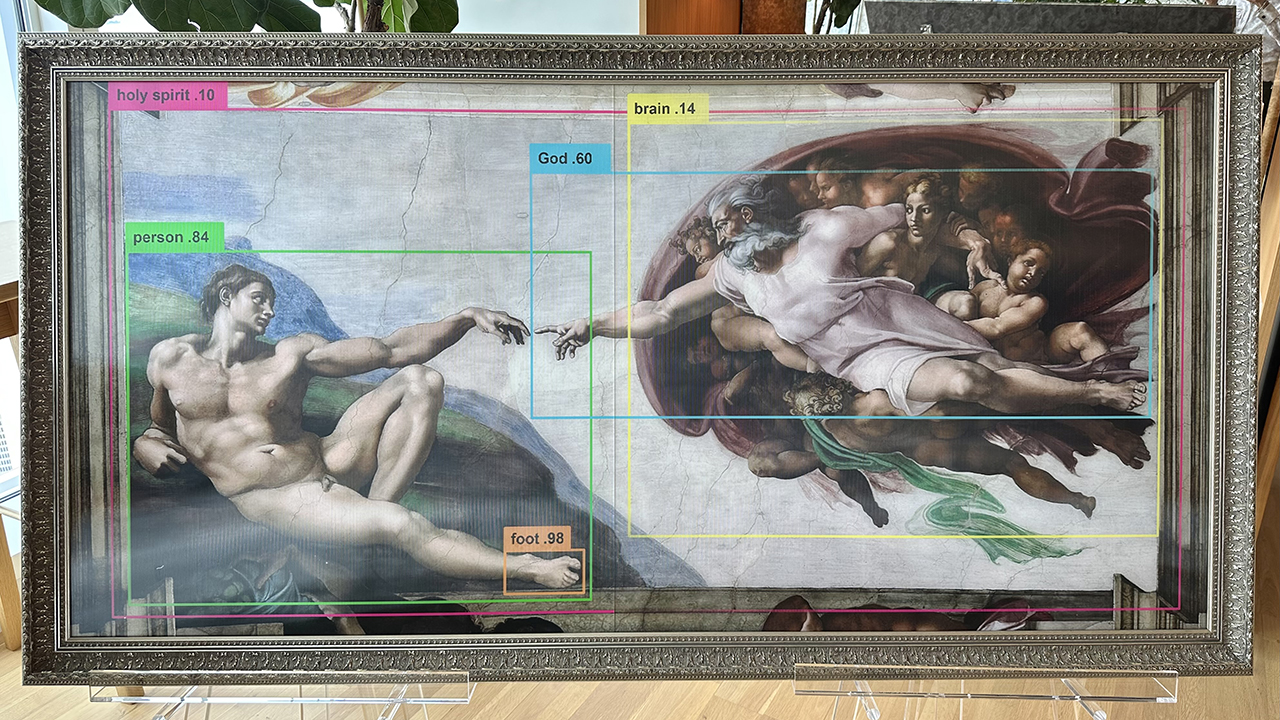Course Description
Artificial Intelligence (AI) holds great promise as a technology to enhance digital productivity, physical interactions, overall well-being, and the human experience. To enable the true impact of AI, these systems will need to be grounded in real-world data modalities, from language-only systems to vision, audio, …
Artificial Intelligence (AI) holds great promise as a technology to enhance digital productivity, physical interactions, overall well-being, and the human experience. To enable the true impact of AI, these systems will need to be grounded in real-world data modalities, from language-only systems to vision, audio, sensors, medical data, music, art, smell, and taste. This course will introduce the basic principles of AI (focusing on modern deep learning and foundation models) and how we can apply AI to novel real-world data modalities. In addition, we will introduce the principles of multimodal AI that can process many modalities at once, such as connecting language and multimedia, music and art, sensing and actuation, and more.
Through lectures, readings, discussions, and a significant research component, this course will develop critical thinking skills and intuitions when applying AI to new data modalities, knowledge of recent technical achievements in AI, and a deeper understanding of the AI research process.
Course Info
Instructor
Departments
Learning Resource Types











